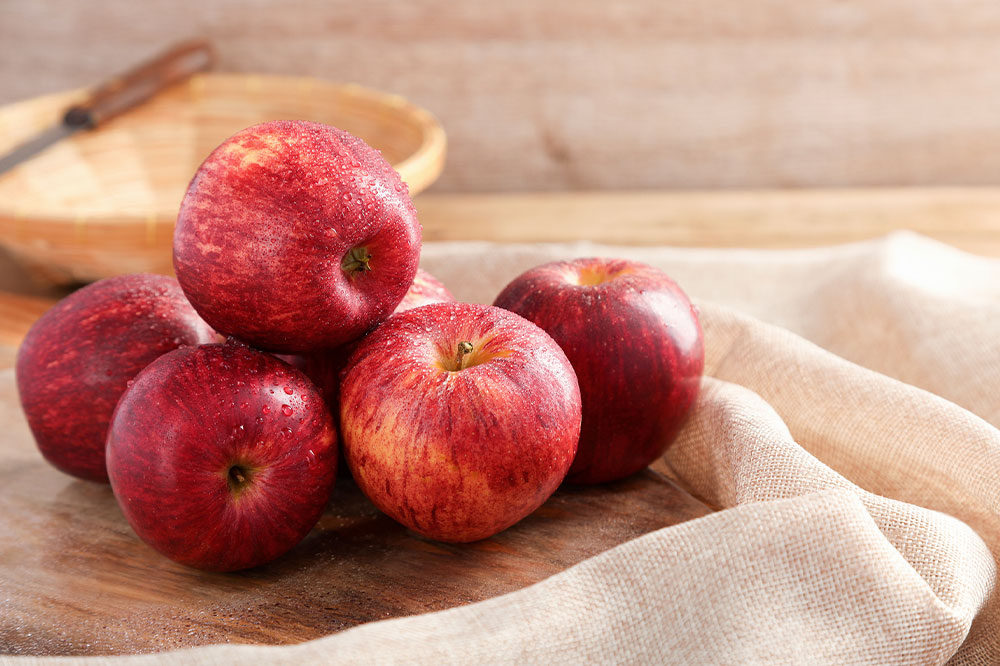3 effective ways to deal with cold and flu symptoms

Cold and flu (influenza) are contagious conditions brought on by viruses that enter the body through nose, eyes, or the mouth. While cold is a milder respiratory condition, both illnesses are often characterized by similar symptoms like sneezing, coughing, fever, runny nose, congestion, and body ache. However, certain treatment options, right food choices, and remedies can help people get rid of the symptoms. So, here are 3 ways to deal with cold and flu:
Treatment options
Antiobiotics are usually ineffective in treating cold- and flu-like symptoms. Doctors may recommed the following options:
Xofluza: Xofluza is an antiviral treatment option prescribed for patients affected by the flu. However, the tablet is said to be most effective when taken within 48 hours of the appearance of symptoms. Xofluza helps reduce the severity of symptoms like fever, sore throat, chills, and fatigue. It works by interfering with the growth of the virus and might also cut down the recovery time by a day or two.
Tamiflu: Tamiflu is a treatment option prescribed for patients affected by the flu virus. It is an antiviral option in the form of 75mg tablets that are usually available in a pack of 10. This can also be recommended to prevent contracting the infection.
Changes in food choices
A few foods can help relieve cold and flu symptoms. Here are the best foods to add to meals:
Citrus fruits: Grapefruits, lemons, limes, and oranges are all loaded with vitamin C, which is a powerful antioxidant. This vitamin also plays a crucial role in the development of one’s immune system. Adding these fruits to meal plans can help fight free radical damage in the body. Additionally, since the body is incapable of producing its supply of vitamin C, it is essential to include foods rich in this nutrient.
Chicken soup: One of the most effective food options for cold and flu that comes right out of the kitchen is a big steaming bowl of chicken soup. Chicken soup contains a substantial amount of amino acid cysteine that helps in thinning the nasal mucus layer. Further, the soup also helps restore the body’s electrolyte balance, which helps fight viruses that cause cold and flu. What’s more? It also contains essential vitamins, minerals, and proteins that aid recovery.
Yogurt: This might come as a surprise, but yogurt is one of the foods that help the body fight viruses and other disease-causing microorganisms. It is packed with minerals and vitamins that help soothe symptoms associated with cold and flu. Yogurt also contains probiotics that provide good bacteria that improve gut health. It can also contribute to improving symptoms and speeding up the recovery.
Spicy foods: Spicy food has been known to help in the decongestion of the nasal passage. The positive effect is attributed to capsaicin and the heat it produces. Capsaicin is found in spices; however, having too much of it can increase the body’s inflammation levels and also lead to increased histamine levels in the blood, leading to mucus production that can aggravate the symptoms associated with cold and flu.
Here are a few foods to avoid:
Coffee: Adding a steaming cup of coffee to the recovery plan can sound enticing, however, it does not provide the hydration necessary to fight the condition and recover from the effects of cold and flu. Additionally, as coffee can have a diuretic effect, it can increase the risk of electrolyte depletion and dehydration.
Refined sugar: Confectionaries, including cakes and candies, are loaded with refined sugar, which is one of the primary sources of increased inflammation levels in the body. The ingredient can trigger the immune system and lead to increased mucus production. People might then experience enhanced congestion in the throat, nose, and chest.
Natural remedies
Certain lifestyle changes and remedies can help people recover faster and better deal with symptoms. Here are a few options:
Salt water gargle: This is an easy and effective home remedy that helps one deal with a sore throat. Saltwater gargles help rid the tissues of the viruses in the throat and the oral cavity. This helps reduce the soreness and the risk of infection. One can add a tablespoon of salt to a glass of warm water and use the solution for gargling once or twice during the day.
Adequate hydration: Increasing fluid intake is among the most recommended home remedies for cold and flu. Keeping the body hydrated helps prevent thickening of mucus in the respiratory tract and it also helps relieve sore throat. Additionally, hydration contributes to the timely removal of disease-causing bacteria, viruses, and other micro-organisms. However, if one is also dealing with renal or cardiac diseases, they are advised to consult their doctors before increasing their water intake.
Steam inhalation: An effective and convenient way to fight a stuffy nose, congested throat, and mucus-filled chest is taking steam showers and steam baths. Steam inhalation is a strong contender among the natural remedies that can show promising results. Patients can choose to inhale steam by taking hot showers and baths, or sitting down to inhale steam from pots of hot water. The vapors can relieve the nose and throat of congestion and soreness and help improve other symptoms.









